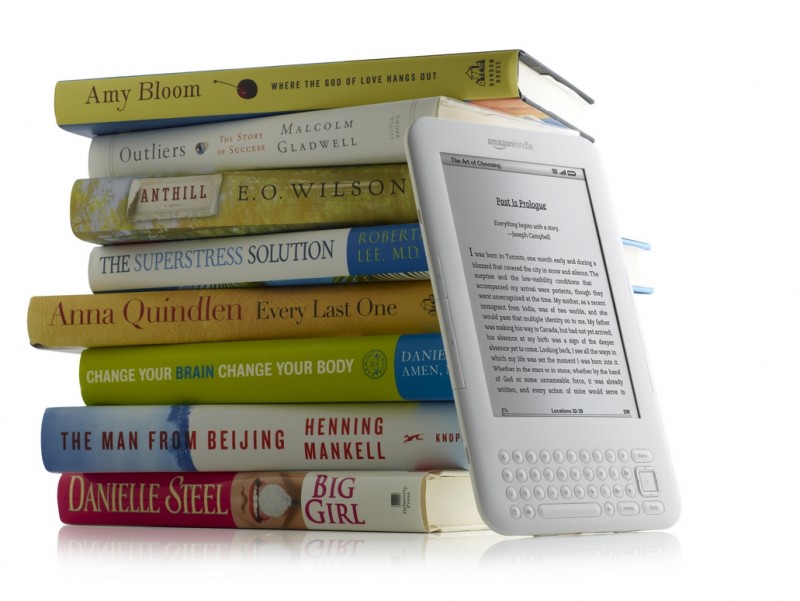With the latest eInk technology, provision for all major third generation mobile standards and the fact that a computer isn’t a prerequisite to enjoying a good read, the Amazon Kindle is attractively priced and accessible. It is by no means the only eBook reader available and has been criticized by some for using a ‘closed’ file format, meaning Kindle eBooks cannot be shared with non-Kindle users. The latest version has an internal storage capacity of 3 gigabytes equivalent to 3,500 standard paperbacks.
Another publisher getting in on the eReader market is Barnes and Noble with their cosily named range of Nook machines. The basic version, priced to compete with the Kindle, has a capacity of around 1,000 books – nowhere near the Kindle, but more than enough for the average reader. The big advantage of the Nook is that by slotting in a microSD card, the capacity can be extended to 32 gbytes. With support for text files only (ePub or PDF), the Nook falls behind the Kindle, which also supports audio formats.
In a digital marketplace Sony ought to be somewhere and, sure enough, they have their own eBook reader. Called simply Reader, Sony’s offering is a similar size to the others and has expandable memory. The downside for some may be the lack of AC power-charging, as it’s a USB connection only and has no wi-fi or 3G connectivity.
All the major readers have access to various free book resources on the internet, such as Project Gutenberg, a resource of some 36,000 free, out-of-copyright books in many popular reader formats. They may also be used for electronic borrowing of eBooks from public libraries where this feature is supported and the three big names listed here also allow owners to lend a book they have bought to an online friend, depending on the author’s permission and copyright limitations.







